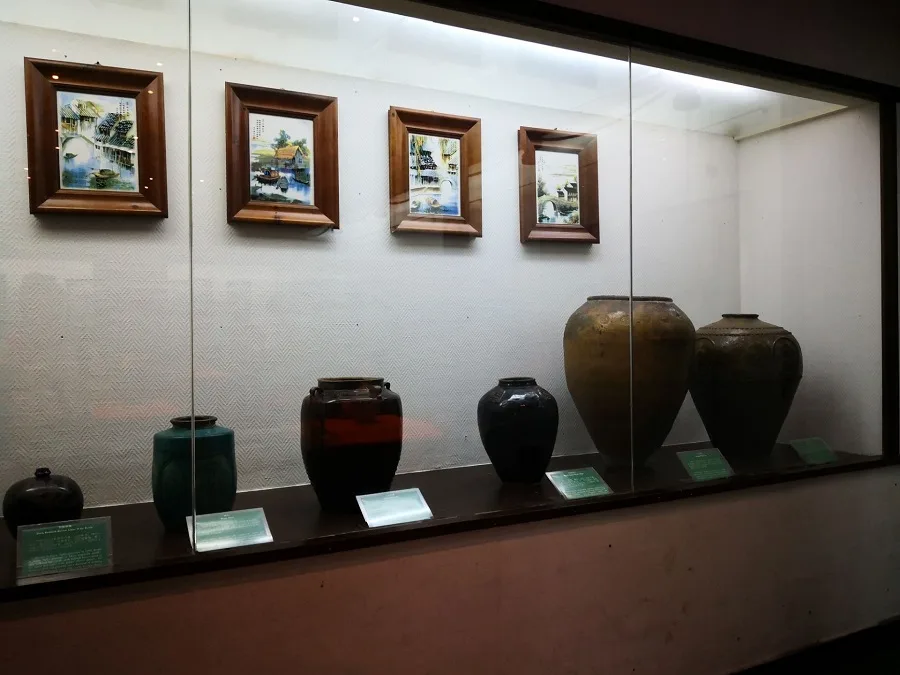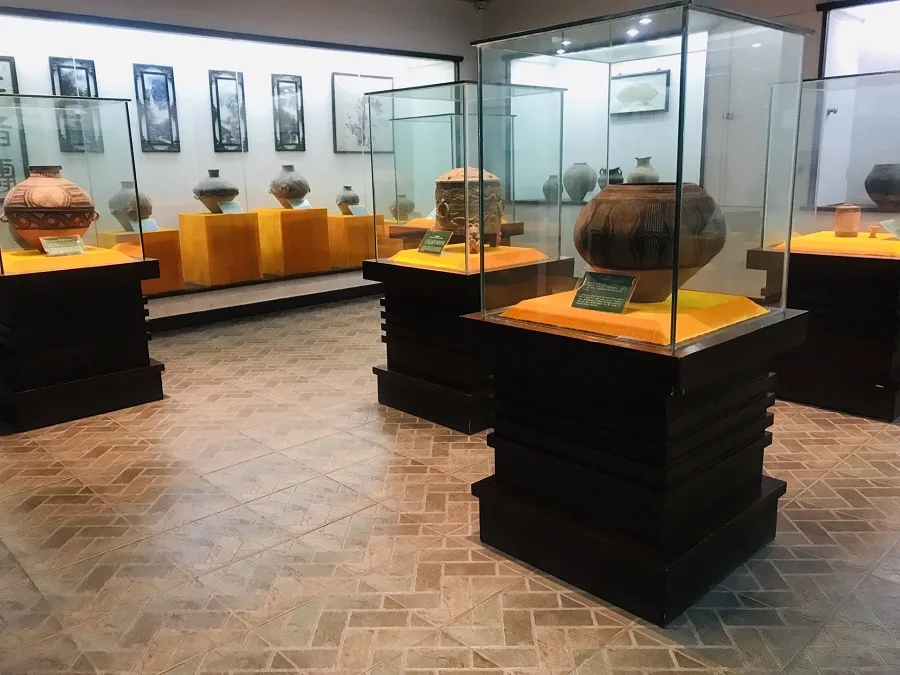Chinees Wijncultuur Museum, Xitang - Kaartje, openingstijden, locatie en hoogtepunten


The Chinese Wine Culture Museum (中国酒文化博物馆), located in the ancient town of Xitang, was initially a display hall for traditional Huangjiu (Chinese yellow wine). Later, Mr. Liu Ximing, a renowned figure in the brewing industry, recognized its potential and decided to showcase his family’s collection of wine culture artifacts here, significantly enriching the museum’s exploration of the roots of Chinese wine culture.
Dating back to the Ming Dynasty, Xitang has been renowned for its wine production, initially known as “Sanbaijiu” or “Three Whites” due to the clear color of the rice wine, the absence of added colorants, and the white exterior of the wine jars. Among the numerous wine workshops, the “Meihua Sanbai” (Plum Blossom Three Whites) produced by the Lushi Wine Workshop gained particular fame. Today, the Chinese Wine Culture Museum still exudes the fragrant aroma of wine, accompanied by ancient wine vessels displayed in glass cabinets, offering a glimpse into the profound and extensive culture of Chinese wine to contemporary visitors.
Inhoudsopgave
Basisinformatie
| Geschatte lengte van de tour | 0,5 - 1 uur |
| Ticket Prijs | Gratis |
| Openingstijden | 8.00 - 17.00 |
| Telefoonnummer | 0086-0573-84562907 |
Locatie en vervoer
The Chinese Wine Culture Museum is located at 258 Nanyuan Road, Xitang Town, Jiashan County, Jiaxing City, Zhejiang Province. It is situated in the northern part of Xitang Ancient Town. To get there, you can take bus Jiashan 305, get off at Duhe Bridge Stop (渡河桥站), and walk about 300 meters to the south.
Exhibitions in Chinese Wine Culture Museum

The Chinese Wine Culture Museum comprises several exhibition halls, including the Bronze Gallery, Pottery Gallery, Porcelain Gallery, Treasure Gallery, and Tasting Area.
Bronze, a unique copper alloy known for its durability, was commonly used in ancient times for crafting both weapons and prestigious vessels. One of the most prized artifacts in the Bronze Gallery is the “Wenbing Wine Vessel” from the Warring States period over 2000 years ago. Standing at 62 centimeters tall with a diameter of 76 centimeters and weighing 98 kilograms, this vessel, designed for warming wine, features a square mouth, a slender neck, a rounded body, dragon-shaped handles, a short square foot ring, and four beast-shaped legs. With only three known to exist worldwide, it is considered a treasure of the museum.

Pottery predates bronze in Chinese history, and vessels made of pottery have a long history of use in wine storage. The Pottery Gallery mainly showcases colorful pottery from the Majiayao culture. These artifacts, with their characteristic orange-yellow hues and painted motifs including diamond grids, swirls, heavy festoons, and waves, predominantly consist of pots, tripods, jars, bowls, and plates, bearing witness to the prehistoric cultures of the Yellow River basin.
Porcelain, with its longer history in wine storage compared to bronze, gained popularity due to its simplicity and convenience in production and use, especially among common folk. Early porcelain wine vessels featured heavier glazes and larger sizes. However, during the Yuan Dynasty, the emergence of blue and white porcelain marked a significant advancement in vessel aesthetics. Within the Porcelain Gallery, a rare collection of early folk wine-making process artifacts is displayed, providing valuable insights into traditional craftsmanship.

The Treasure Gallery houses an array of precious artifacts related to wine culture, including exquisite wine vessels, wine-making tools, and decorative pieces, showcasing the refinement and diversity of Chinese wine culture throughout history.
Lastly, the Tasting Area offers visitors the opportunity to experience the essence of Chinese wine culture firsthand. Here, guests can sample a variety of traditional wines while learning about their production methods, cultural significance, and tasting techniques, creating an immersive and educational experience for wine enthusiasts and cultural aficionados alike.
Jiaxing bezienswaardigheden, Zhejiang musea